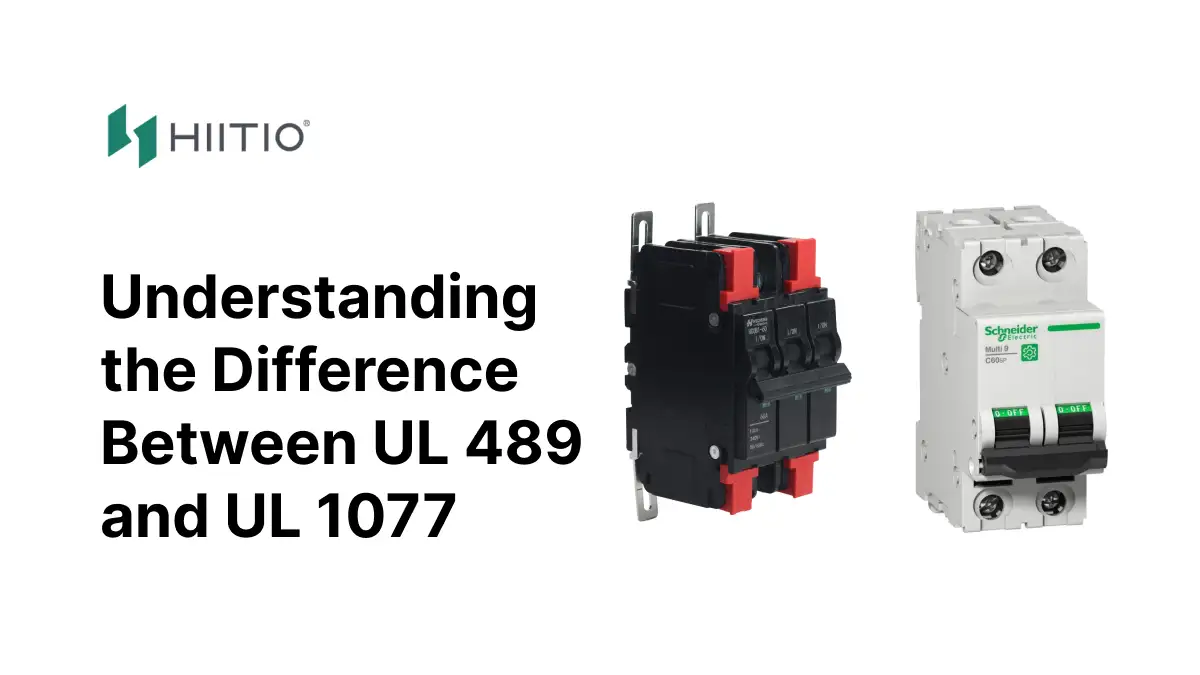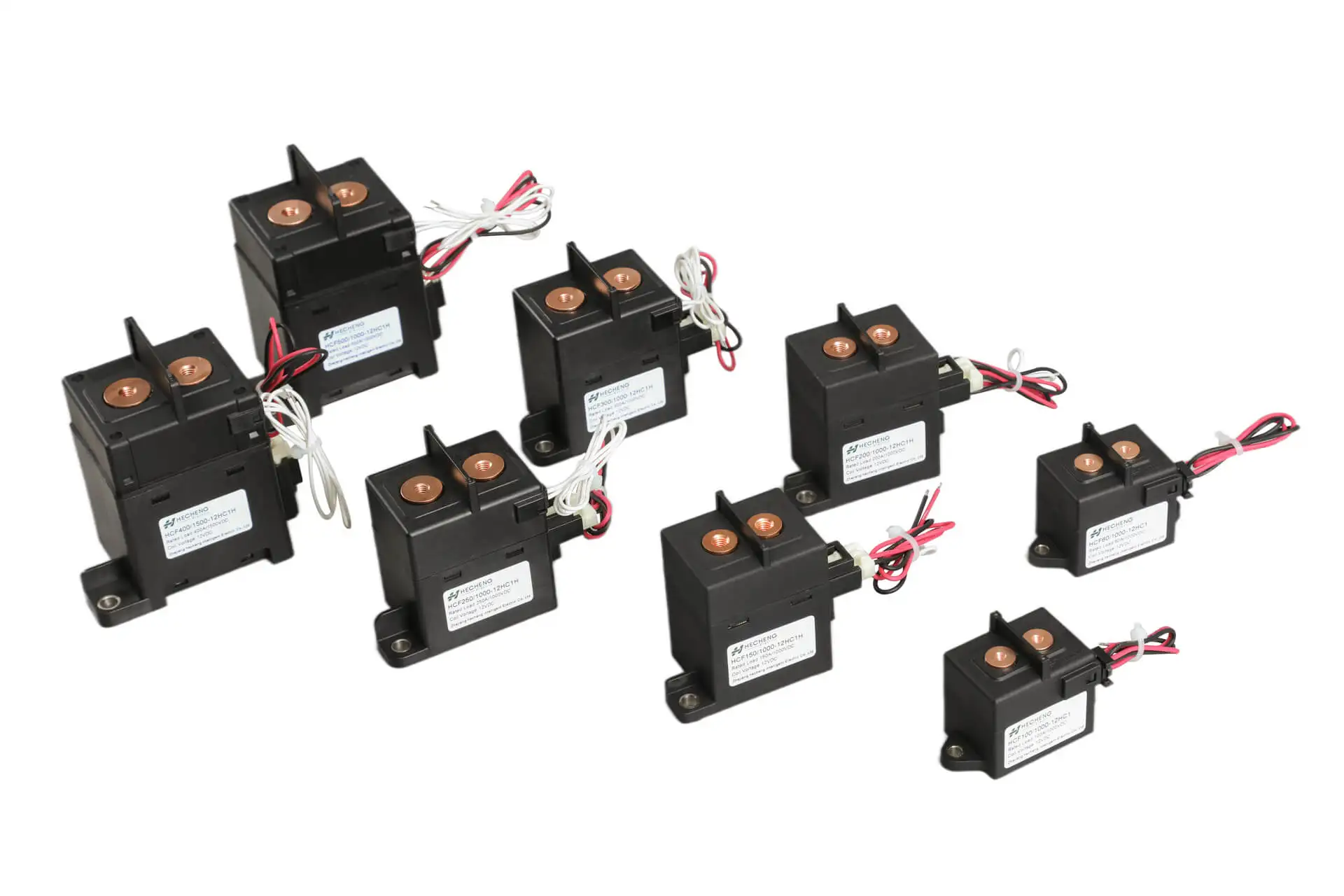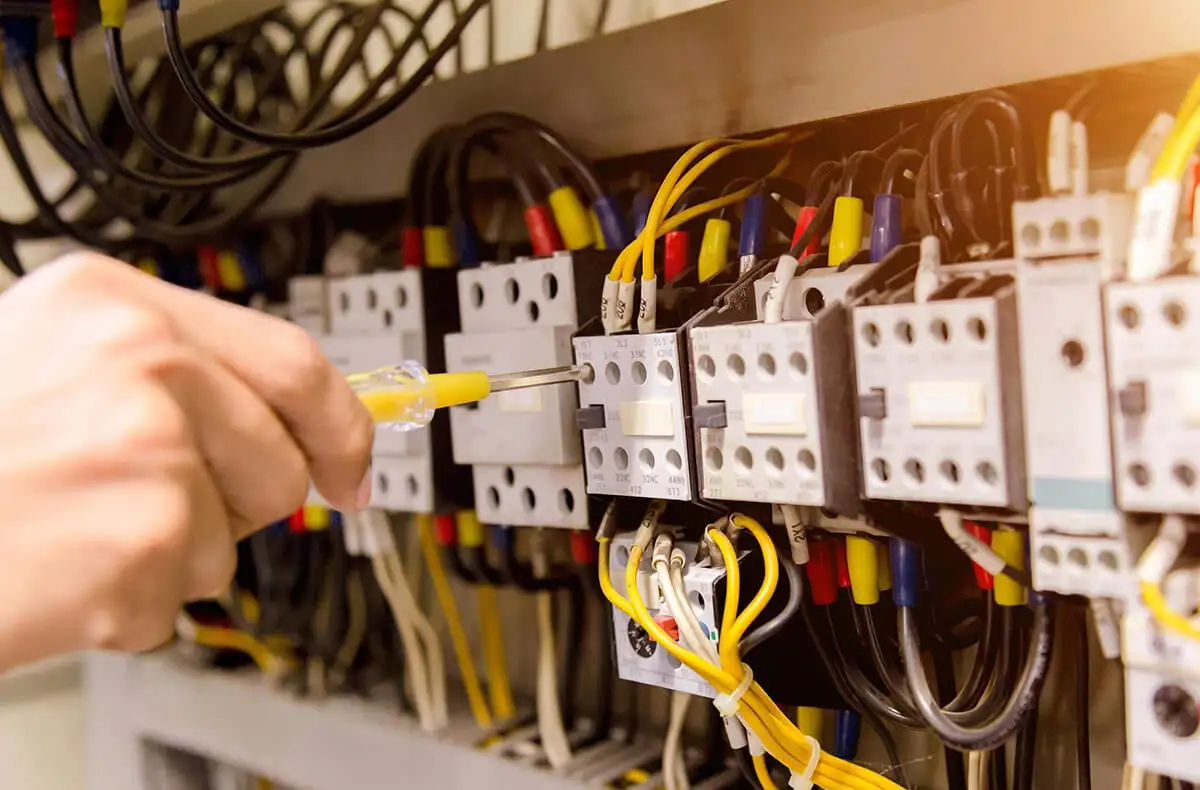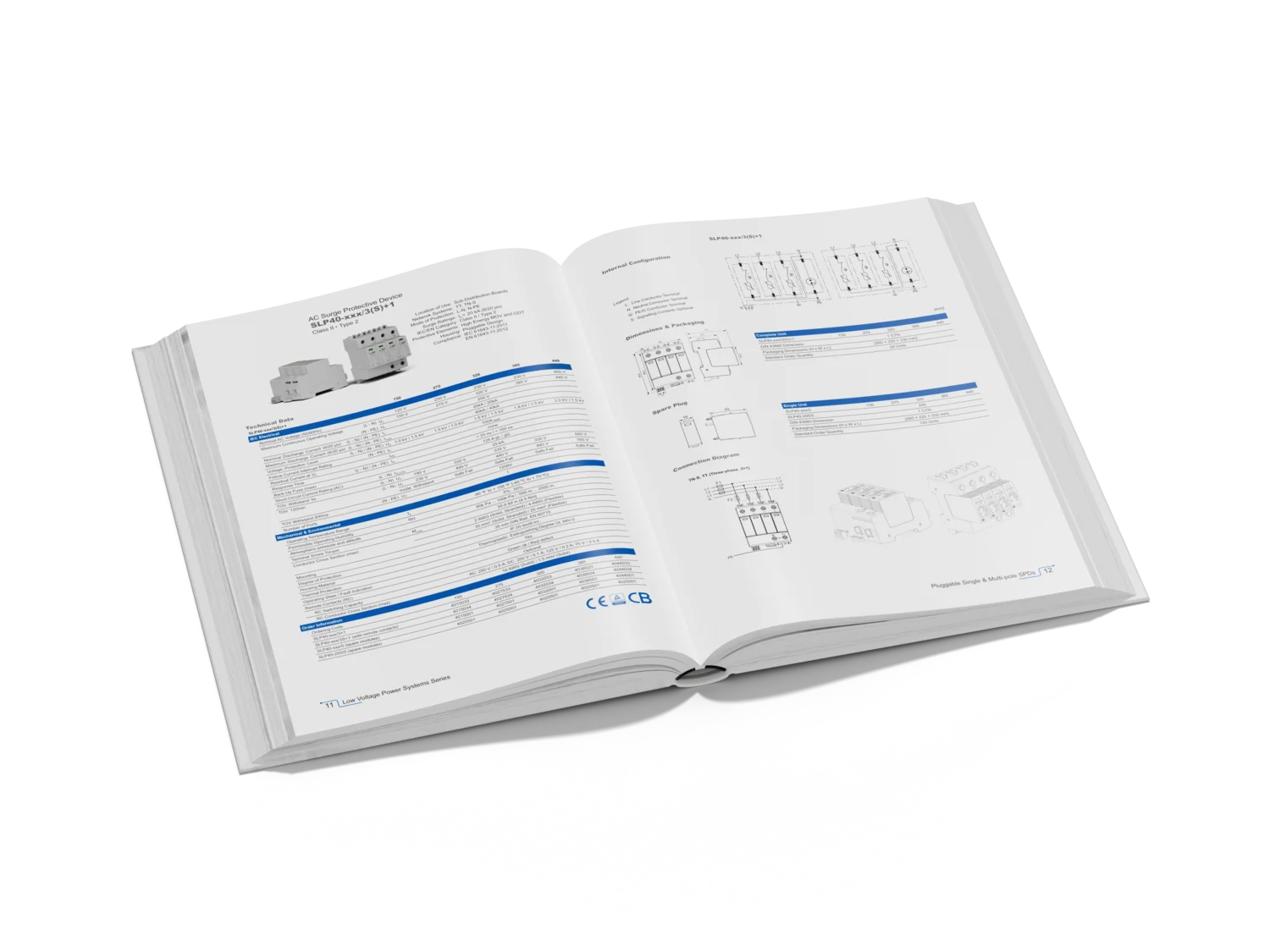When dealing with electrical systems, ensuring the safety and reliability of circuit protection devices is crucial. Two common standards in this field are UL 489 and UL 1077. While they may seem similar at first glance, they serve different purposes and are designed for distinct applications. In this article, we’ll break down these two standards to help you understand their differences.
Overview of UL 489
UL 489, titled “Standard for Safety for Molded-Case Circuit Breakers, Molded-Case Switches, and Circuit-Breaker Enclosures,” is a standard set by Underwriters Laboratories (UL) that governs the safety and performance of molded-case circuit breakers (MCCBs). These devices are crucial in providing overcurrent protection for electrical circuits in a wide range of industrial, commercial, and residential applications.
Key Features of UL 489:
- Primary Protection: UL 489 devices are designed for primary circuit protection. They are intended to protect wiring and prevent electrical fires by interrupting overcurrent conditions.
- Rigorous Testing: These circuit breakers undergo stringent testing to ensure they can handle high fault currents and provide reliable performance under various conditions.
- Applications: UL 489 circuit breakers are commonly used in electrical panels, motor control centers, and distribution boards.
Overview of UL 1077
UL 1077, known as “Standard for Supplementary Protectors for Use in Electrical Equipment,” applies to supplementary protectors rather than primary circuit breakers. These devices provide additional protection within electrical equipment but are not intended to replace the primary protection provided by UL 489 circuit breakers.
Key Features of UL 1077:
- Supplementary Protection: UL 1077 devices are used to protect specific equipment or components within an electrical system. They are not designed to protect the entire circuit.
- Moderate Testing: The testing for UL 1077 devices is less stringent compared to UL 489, as they are not expected to handle the same high fault currents.
- Applications: These protectors are often found in control panels, appliances, and other equipment where additional protection is necessary but not at the primary level.
Detailed Comparison
To better understand the differences between UL 489 and UL 1077, let’s compare their key aspects:
1. Purpose and Application
- UL 489: Provides primary circuit protection. Ideal for use in main electrical panels and critical distribution points.
- UL 1077: Offers supplementary protection. Used within equipment to safeguard specific components.
2. Protection Level
- UL 489: Can interrupt high fault currents and provides robust overcurrent protection.
- UL 1077: Designed for lower fault currents and offers additional protection without replacing the primary protection.
3. Testing and Certification
- UL 489: Requires rigorous testing, including short-circuit testing at high fault levels.
- UL 1077: Undergoes moderate testing, focusing on performance within the equipment.
4. Common Uses
- UL 489: Electrical panels, motor control centers, and distribution boards in industrial, commercial, and residential settings.
- UL 1077: Control panels, household appliances, and electronic equipment requiring extra protection.
Why the Difference Matters
Choosing the right type of protection is essential for both safety and compliance with electrical standards. Using UL 489 circuit breakers where primary protection is required ensures the overall safety of the electrical system by preventing major faults and electrical fires. Conversely, UL 1077 supplementary protectors are ideal for providing additional safety within specific devices, enhancing their longevity and reliability.
Conclusion
Understanding the difference between UL 489 and UL 1077 helps in making informed decisions about circuit protection. UL 489 is your go-to for primary protection, offering robust safety measures for entire circuits. On the other hand, UL 1077 serves as supplementary protection within equipment, ensuring specific components are safeguarded without replacing primary protection.
By choosing the correct standard for your application, you can enhance the safety, reliability, and efficiency of your electrical systems.








